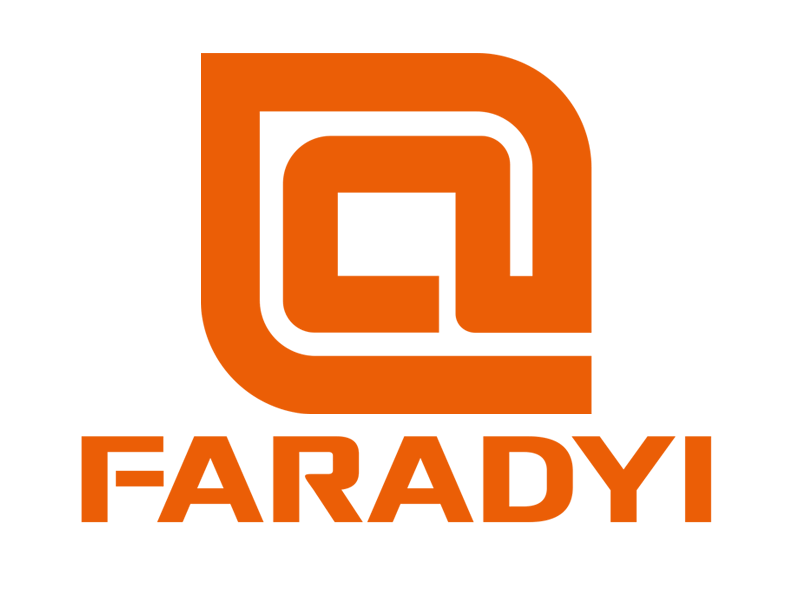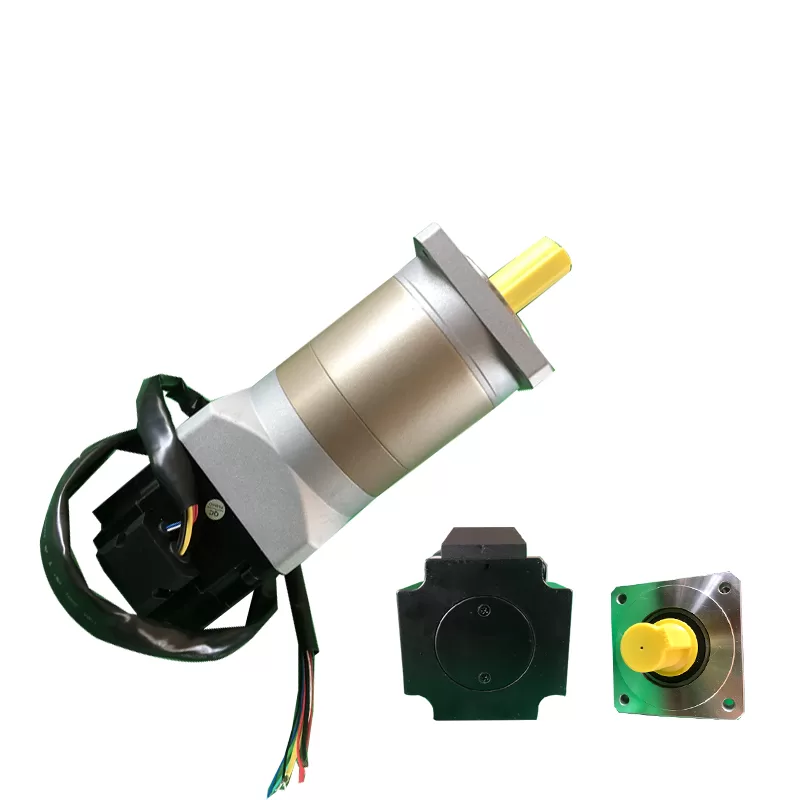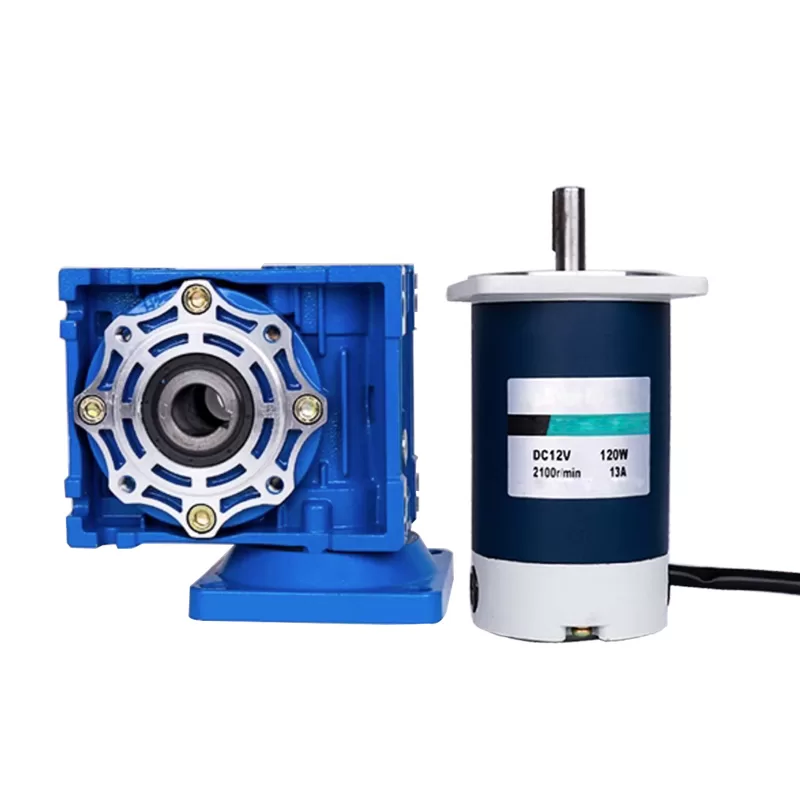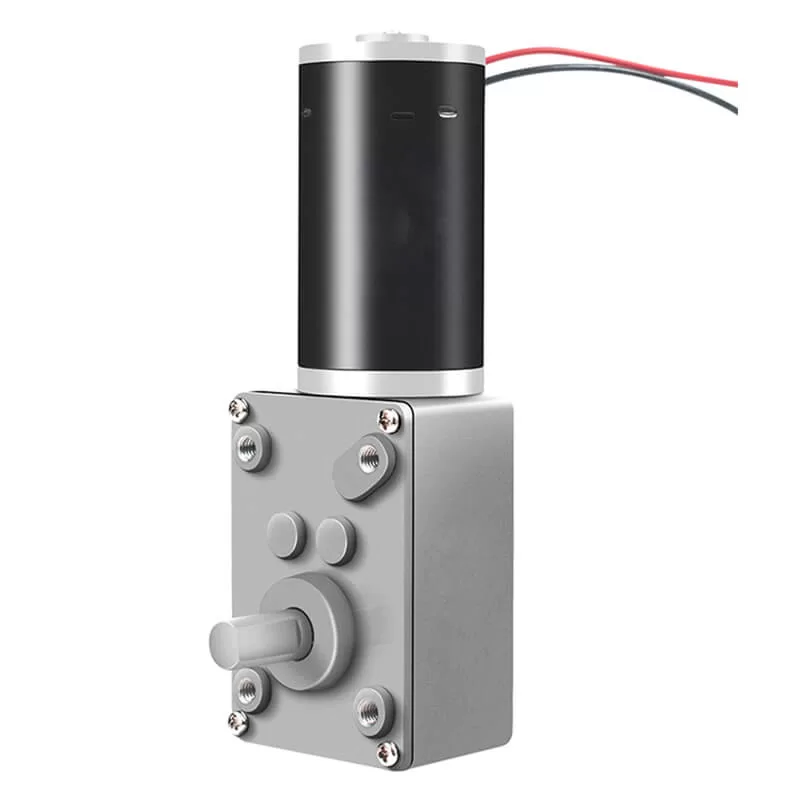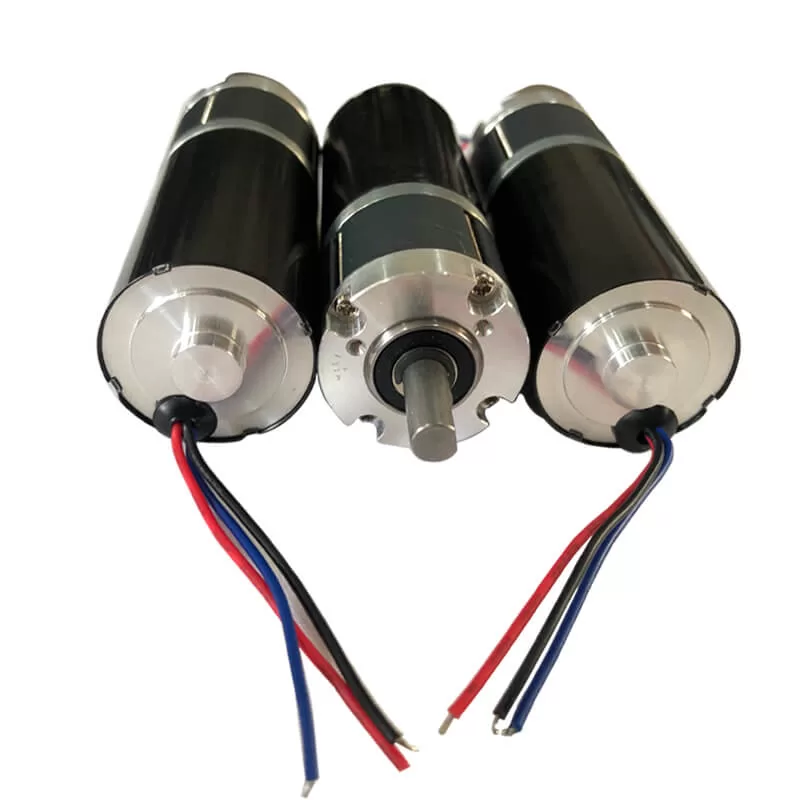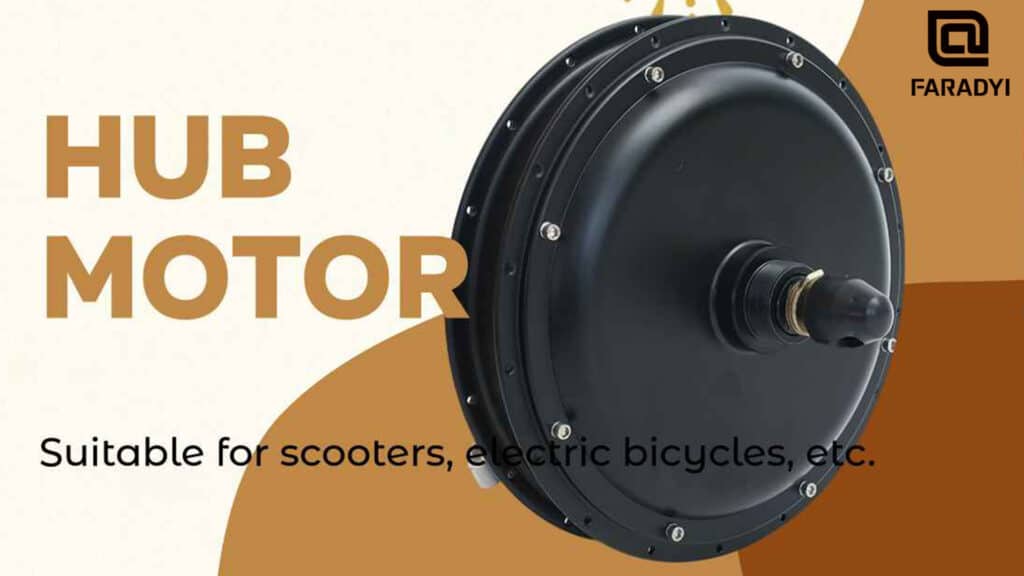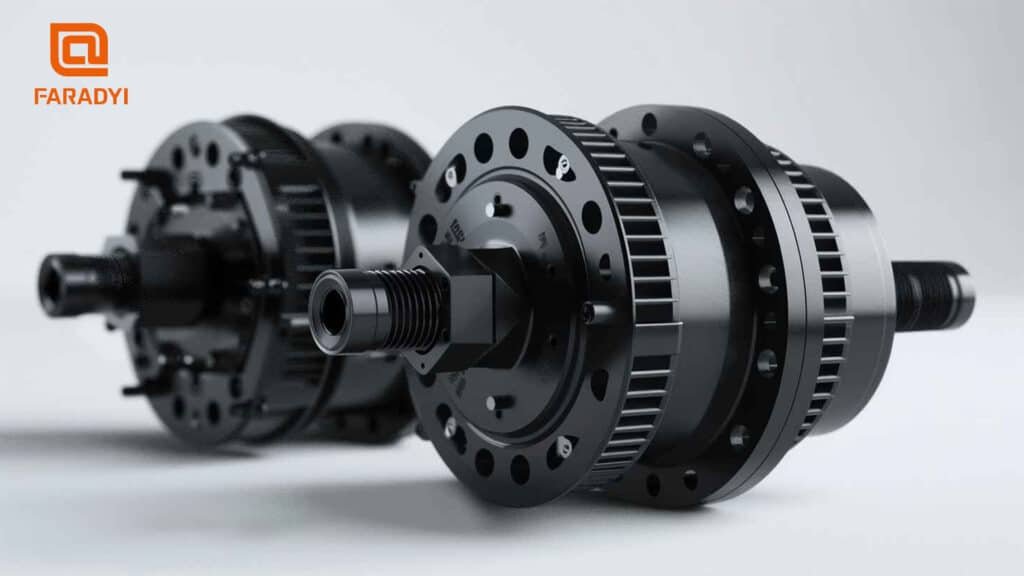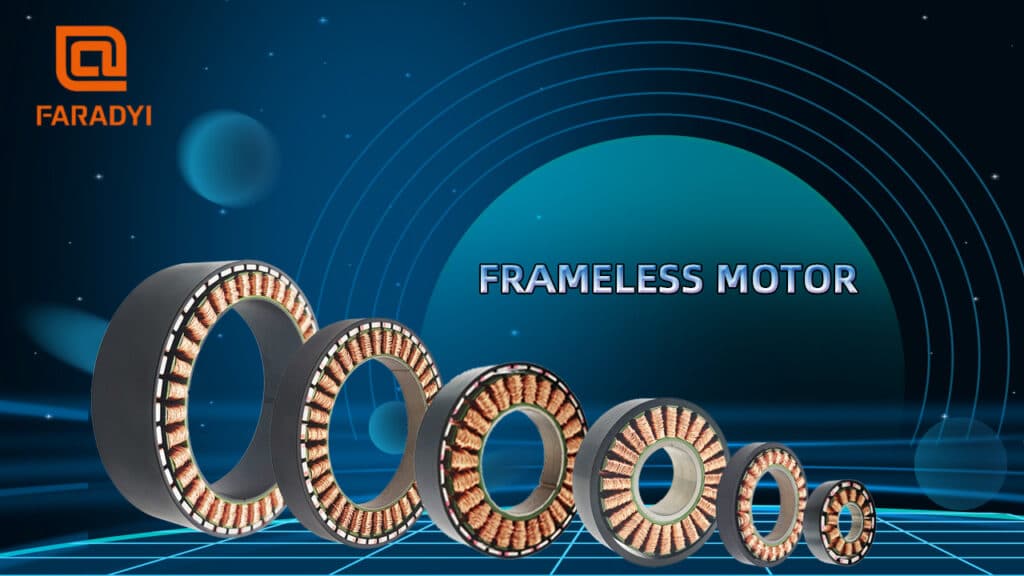In the realm of automation, the integration of brushless DC gear motors has revolutionized industries, providing a seamless combination of efficiency and versatility. In this article, we delve into the intricacies of how brushless DC gear motors achieve speed reduction, examining their components, applications, and distinctive features.
Understanding Brushless DC Gear Motors
Brushless DC gear motors, also known as brushless gear reduction motors, are an evolution of brushless DC motors coupled with specialized gear reduction boxes. The primary function of the gear reduction box is to supply lower rotational speeds with higher torque. Simultaneously, the varied transmission ratios of the gear mechanism offer a spectrum of rotational speeds and torques. This versatility significantly enhances the utilization of brushless DC motors in the automation industry.
Integration of Components
A brushless DC gear motor is essentially a harmonious integration of a reduction gear and a brushless DC motor. This integration is often referred to as a brushless gear motor or brushless gear drive. Typically, specialized gear manufacturing facilities undertake the assembly, ensuring a complete and cohesive supply. The widespread applications of brushless gear motors span industries such as steel manufacturing, machinery, smart home systems, office equipment, robotics, and unmanned aerial vehicles. The adoption of brushless gear motors brings forth advantages like streamlined designs and space savings.
Decoding the Deceleration Process
So, how does a brushless DC gear motor achieve speed reduction? The process hinges on the integration of a brushless DC motor and a reduction gear, commonly known as a gear reduction box. The brushless DC motor inputs high rotational speed but offers minimal torque, making it inadequate for driving heavy mechanical equipment. In such cases, the introduction of a reduction gear becomes imperative. The reduction gear effectively decreases the rotational speed while increasing torque, facilitating the transmission of the required load.
The reduction gear, often in the form of a multi-stage gear assembly, plays a pivotal role. Higher stages in the gear assembly translate to lower rotational speeds, higher torque, and an increased capacity to bear loads. This strategic combination obviates the need for manufacturing overly large motors, resulting in space savings and a substantial reduction in costs.
Characteristics of Brushless DC Gear Motors
Brushless DC gear motors boast a myriad of characteristics that make them indispensable in various applications. These include compact size, tight structural integration, low noise emission, low energy consumption, minimal vibrations, high transmission efficiency, robust reliability, and a high load-bearing capacity. Embracing a serialized and modular design philosophy, brushless DC gear motors exhibit extensive adaptability. The product offers a plethora of combinations, installation positions, and structural configurations, allowing users to tailor the motor to their specific speed and structural requirements.
Conclusion
In conclusion, the integration of brushless DC gear motors represents a pinnacle in the field of automation. The meticulous combination of brushless DC motors with reduction gears enhances performance, reliability, and efficiency. With a compact design, low noise output, and high adaptability, these motors stand as a testament to innovation in the automation industry. As industries continue to evolve, the brushless DC gear motor emerges as a key player, driving progress and efficiency in diverse applications.
